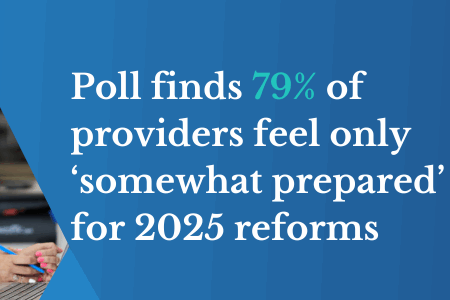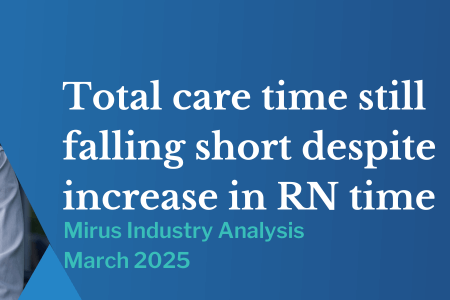Young Australians living in aged care
February 6, 2015 | Aged Care Management

Residential aged care facilities play a key role in providing a high level of care for elderly Australians, but they’re also home to young people with disabilities.
Of course, this group of residents will have substantially different requirements to the older population in the same facilities.
Western Australian Senator Linda Reynolds has launched an inquiry into the issue, explaining to Australian Ageing Agenda that by doing so she hopes to give both them and their families a voice.
“Young people with disabilities have very different needs and requirements and I’d like to see a report that canvasses the broad spectrum of requirements,” Ms Reynolds said.
There are currently around 6,000 people under the age of 65 living within aged care facilities across Australia – with hundreds of thousands more living outside these facilities without the required level of care. This is according to to Ms Reynolds, who stressed the issue of such a high number during the Australian Ageing Agenda interview.
The inquiry, which is being carried out by the Community Affairs References Committee, will look into exactly how many young people with disabilities are living in aged care facilities, and if there are any alternative care systems available.
Such an inquiry is coming at an opportune time, as facilities are only continuing to see rising resident numbers – posing an issue for the elderly who also require the dedicated care services.
Senator Reynolds explained that now was the perfect time to assess these care issues, given that the National Disability Insurance Scheme (NDIS) is also having an effect on the group.
“While the NDIS is not building houses or alternative accommodation arrangements, it will play a very important part in partnering with other organisations, federally but also through the states,” she said.
“I am very confident both through written submissions and oral submissions that we will have some very provocative, thought-provoking and very substantive evidence.”
Dealing with this issue now is certainly a preferable option to further down the line, when mounting pressures from the elderly population will certainly cause more staffing and accommodation issues.
The inquiry will likely receive more attention in the near future as it is given due assessment.
What do you think are the biggest opportunities for success in the aged care industry today? Please contact us and let us know!


